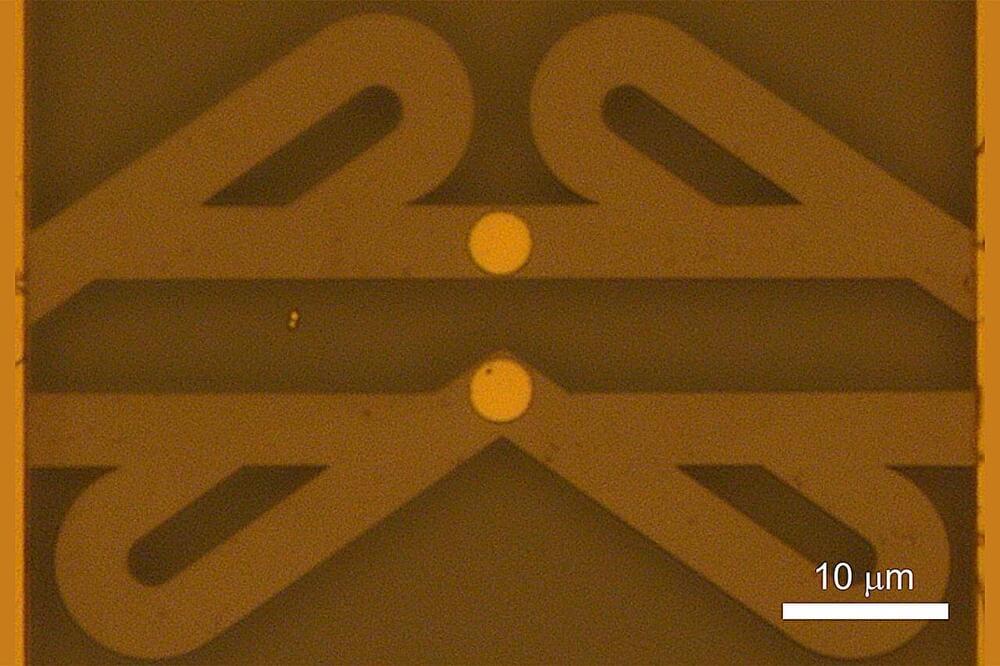6,703 likes, — slimthug on October 13, 2024: ‘This might be better 🤔’


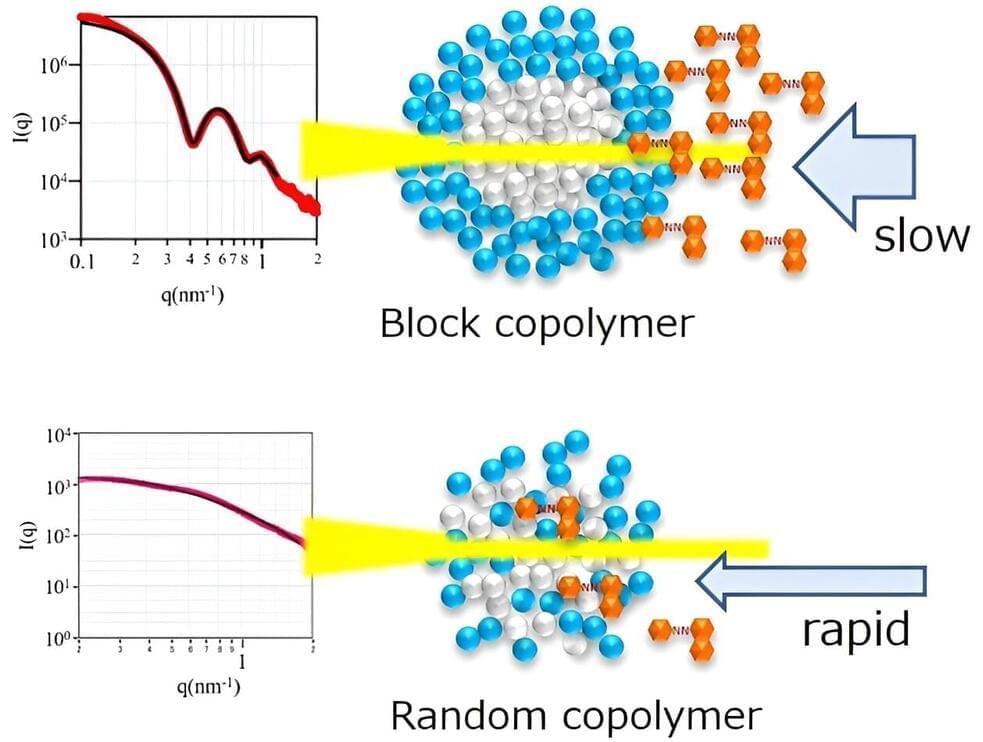
Micelles are spherical molecular structures usually formed by amphiphilic molecules with block structure, which contain both hydrophilic and hydrophobic parts. The hydrophobic tails of these molecules cluster together to form a core, while the hydrophilic heads face outward, creating a protective shell. This structure allows micelles to encapsulate hydrophobic substances within their core and disperse them in a water-based environment.
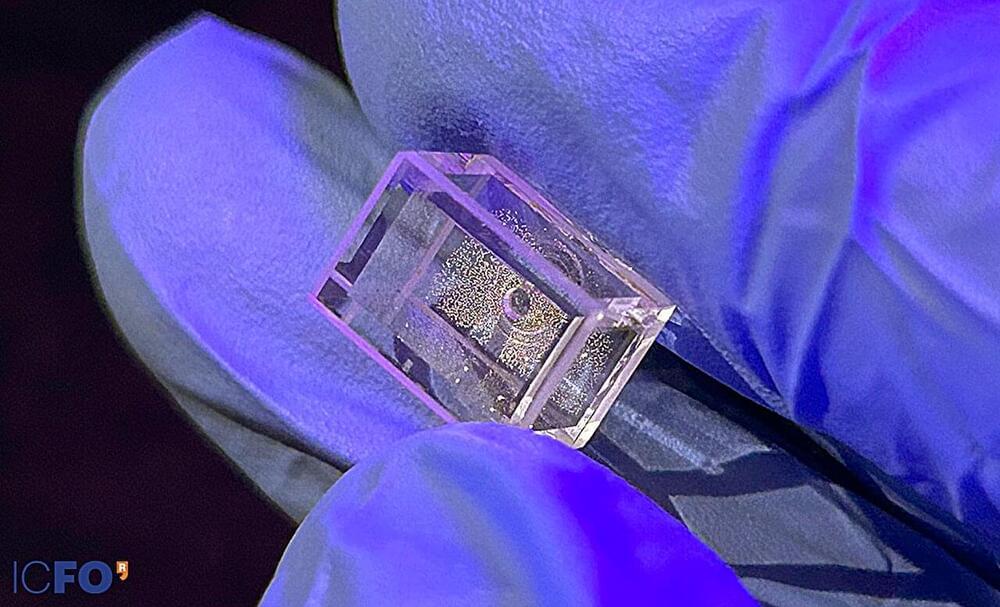
Magnetic resonance imaging (MRI) has long been a cornerstone of modern medicine, providing highly detailed images of internal organs and tissues. MRI machines, those large, tube-shaped magnets commonly found in hospitals, use powerful magnets to map the densities of water and fat molecules within the body.
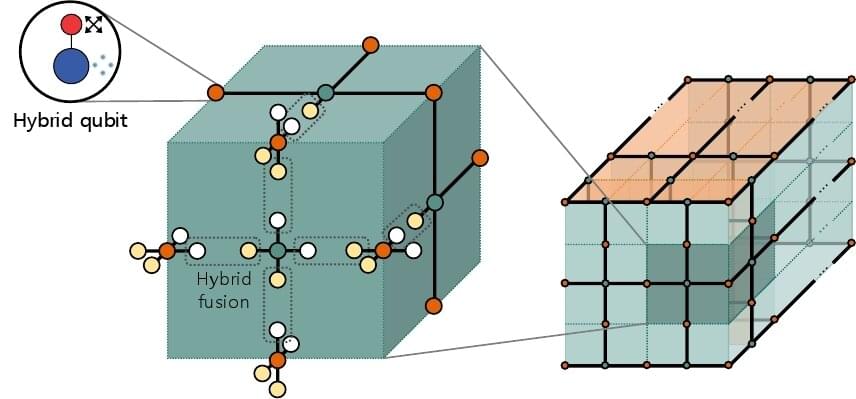
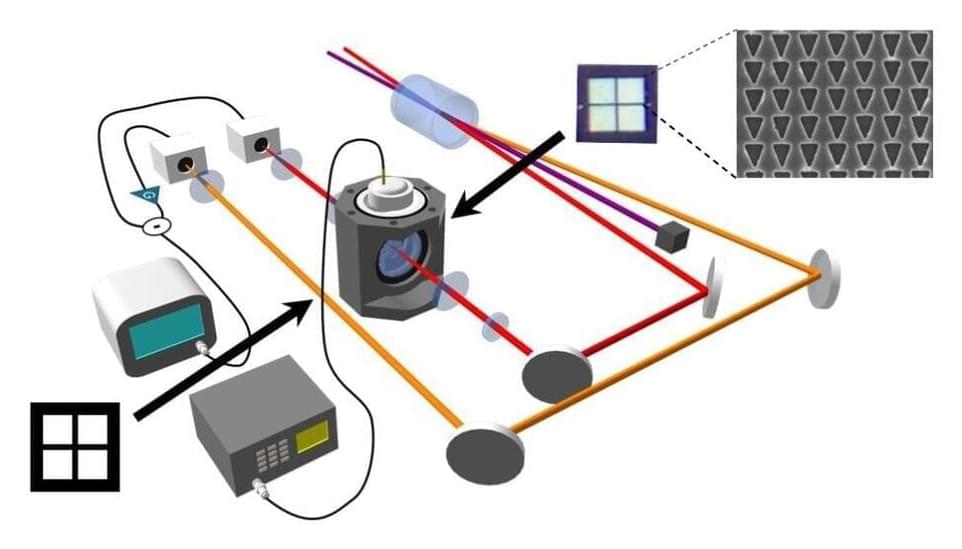
Researchers from the Department of Energy’s Oak Ridge National Laboratory have taken a major step forward in using quantum mechanics to enhance sensing devices, a new advancement that could be used in a wide range of areas, including materials characterization, improved imaging and biological and medical applications.

The second ATLAS study, presented recently at the 17th International Workshop on Top Quark Physics, broke new ground by providing the first dedicated ATLAS measurement of how often top-quark pairs are produced along with jets originating from charm quarks (c-jets).
ATLAS physicists analyzed events with one or two leptons (electrons and muons), using a custom flavor-tagging algorithm developed specifically for this study to distinguish c-jets from b-jets and other jets. This algorithm was essential because c-jets are even more challenging to identify than b-jets, as they have shorter lifetimes and produce less distinct signatures in the ATLAS detector.
The study found that most theoretical models provided reasonable agreement with the data, though they generally underpredicted the production rates of c-jets. These results, which for the first time separately determined the cross-sections for single and multiple charm-quark production in top-quark-pair events, highlight the need for refined simulations of these processes to improve future measurements.
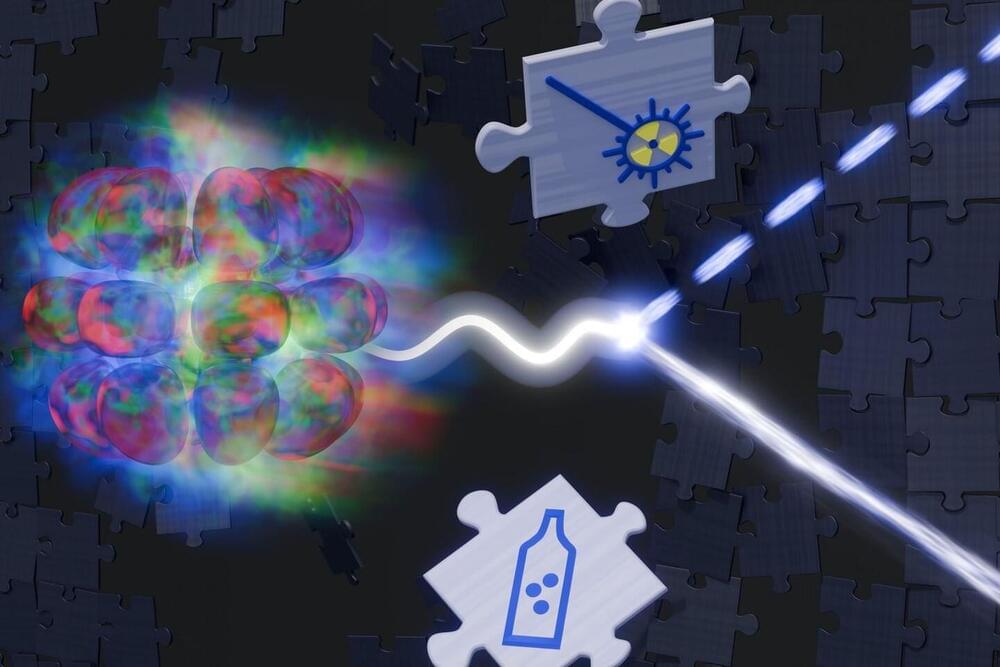
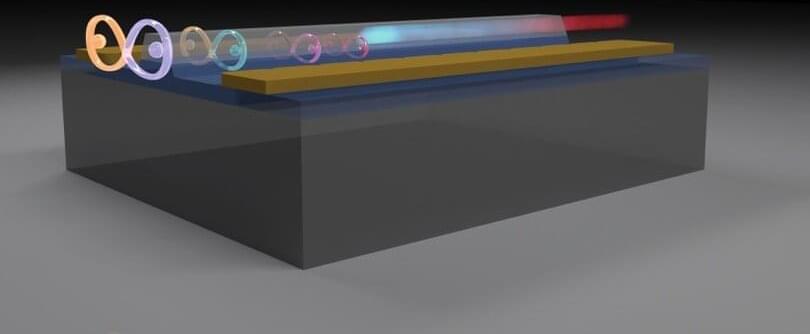
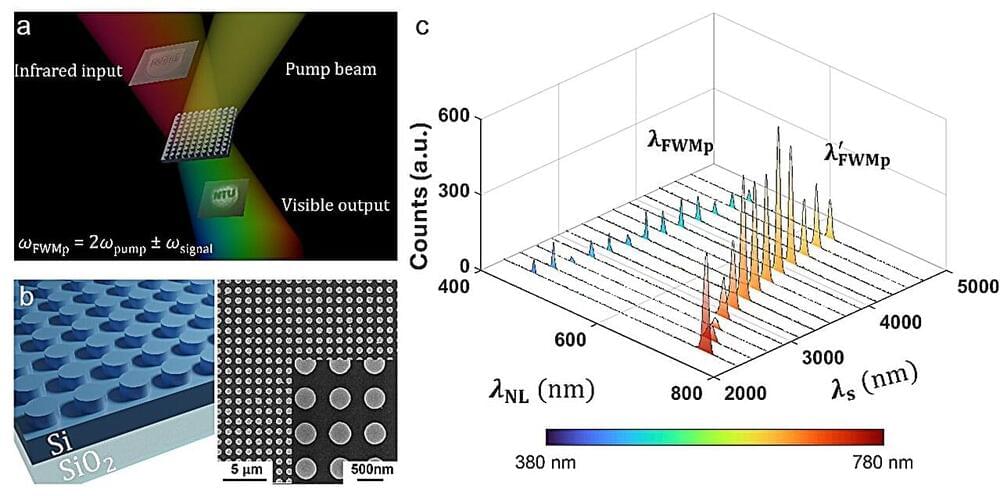
While infrared cameras are valuable tools for enhanced vision, food and plant quality control, security, etc, today’s cameras often face significant drawbacks. For instance, they are bulky and power-hungry, requiring cooling systems that limit their functionalities.
More importantly, current semiconductor-based technology used in the cameras only captures a narrow band of the infrared spectrum based on the absorption band of the semiconductor detector. This means that every application would need a separate camera.
“Due to the complications of today’s bulky, power-hungry and expensive infrared imaging technology, we are unlikely to have an infrared camera at home. However, nonlinear frequency conversion, a process that manipulates and translates electromagnetic signals across various frequency regimes, holds a massive potential to revolutionize infrared detection technology,” said Prof Mohsen Ramhami, the leader of Advanced Optics and Photonics Lab, and a UK Research and Innovation Future Leaders Fellow.
